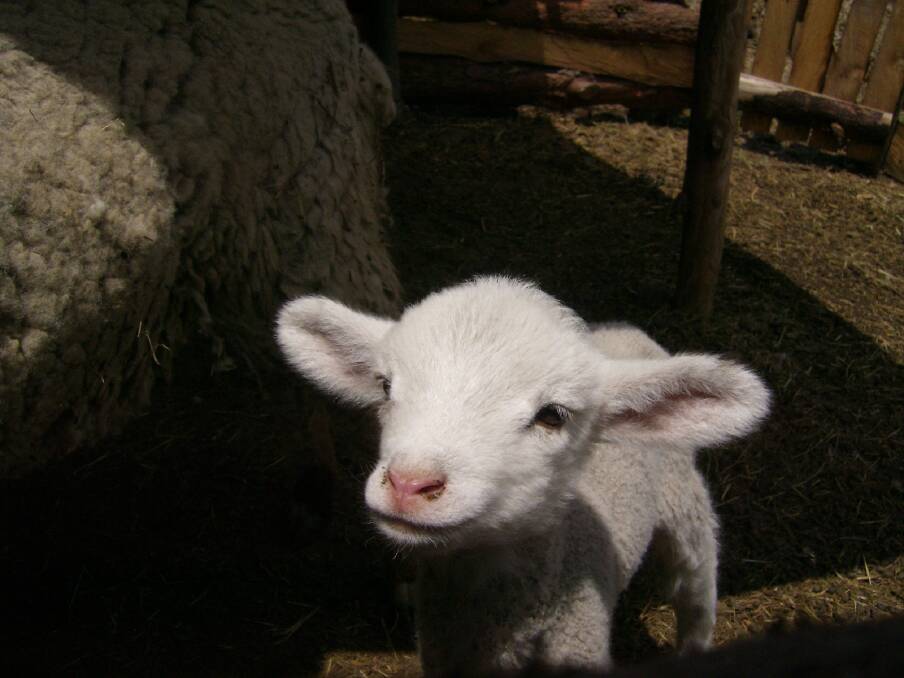
Marking of spring lambs is under way for some and not too far off for others.
Subscribe now for unlimited access.
$0/
(min cost $0)
or signup to continue reading
Tail docking, castration, and mulesing are all procedures which have demonstrable health or management benefits in the long term.
Mulesing, for example, is used to lower the incidence of blowfly strike in the breech area – an extremely painful, unpleasant, and debilitating disease for affected sheep. It has to be said, though, that these procedures are all invariably associated with pain. Good technique and equipment can certainly help make marking more welfare-friendly, but will never remove pain entirely.
Analgesic (pain relief) medications registered for use in sheep are available. The first on the scene was a topical gel, ‘Tri-Solfen’. Tri-Solfen can be applied to mulesing, castration, and tail-docking wounds, and contains a mix of a local anaesthetic, a disinfectant, and adrenalin (to help reduce blood loss and prolong anaesthetic action).
More recently, two new pain relief products have become available which can be used at lamb marking. Both contain an anti-inflammatory drug called meloxicam, which reduces inflammation and associated pain. The difference between the two is in the way they are administered – one (‘Metacam 20’) is given as an injection, the other (‘Buccalgesic’) as an oral gel (administered in the space between the molar teeth and the inside of the cheek).
Best practice would be to administer both a systemic anti-inflammatory (meloxicam) prior to the procedure, and a topical local anaesthetic following the procedure. However, giving either of these on its own would still provide good pain relief.
Many sheep producers need no convincing on the question of pain relief and are glad to have options they can use. But what about the unconvinced (or half convinced)? What reasons are there for using pain relief at marking or mulesing?
It is often suggested that there might be production benefits (i.e. increased weight gains) in sheep given pain relief. However, this is pretty hard to prove, and any short-term gains are likely to be insignificant in the long-run.
Another line of argument is that pain responses can adversely affected mothering up behaviour following marking, so that untreated lambs are more likely to be mismothered (and will therefore be more susceptible to losses due to subsequent disease or predation). This could represent a genuine production benefit.
A third reason given is the premiums which may be paid for wool from sheep given pain relief at mulesing. In time some wonder if this market benefit could even extend to meat from lambs given pain relief at marking.
Whatever the current situation, it is inevitable that market pressure will continue to encourage the use of pain relief in livestock more generally. The value placed on pain relief will be judged by consumers and by market perceptions, and the messages we’re receiving are all pointing in one direction – a growing concern for animal welfare. And this, surely, is the ultimate and best reason to use pain relief when marking lambs.
Regardless of production benefits or marketing advantages, improved animal welfare is always a good outcome. The animal welfare benefits speak for themselves – producers who have seen the way pain relief can reduce visible stress behaviours are often quickly convinced of its value.
Animal welfare in its own right should be the concern of all livestock producers.
Nigel Gillan is the district veterinarian for the Central Tablelands Local Land Services.

